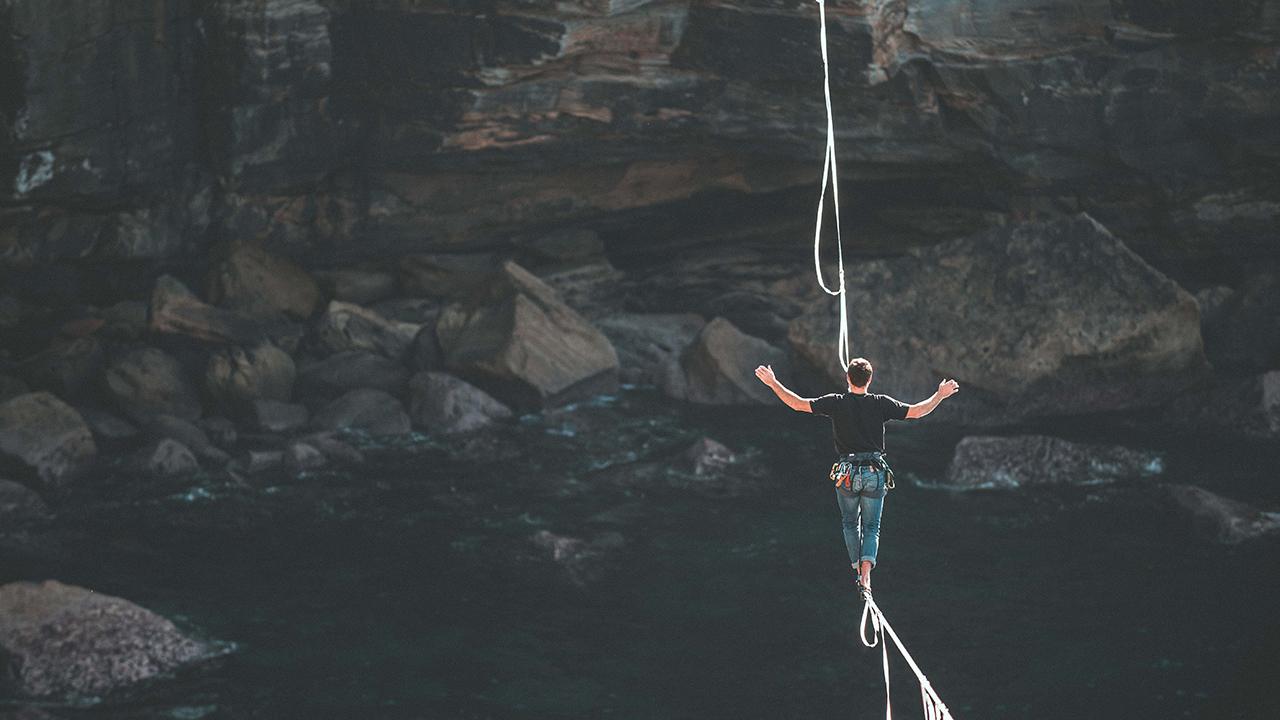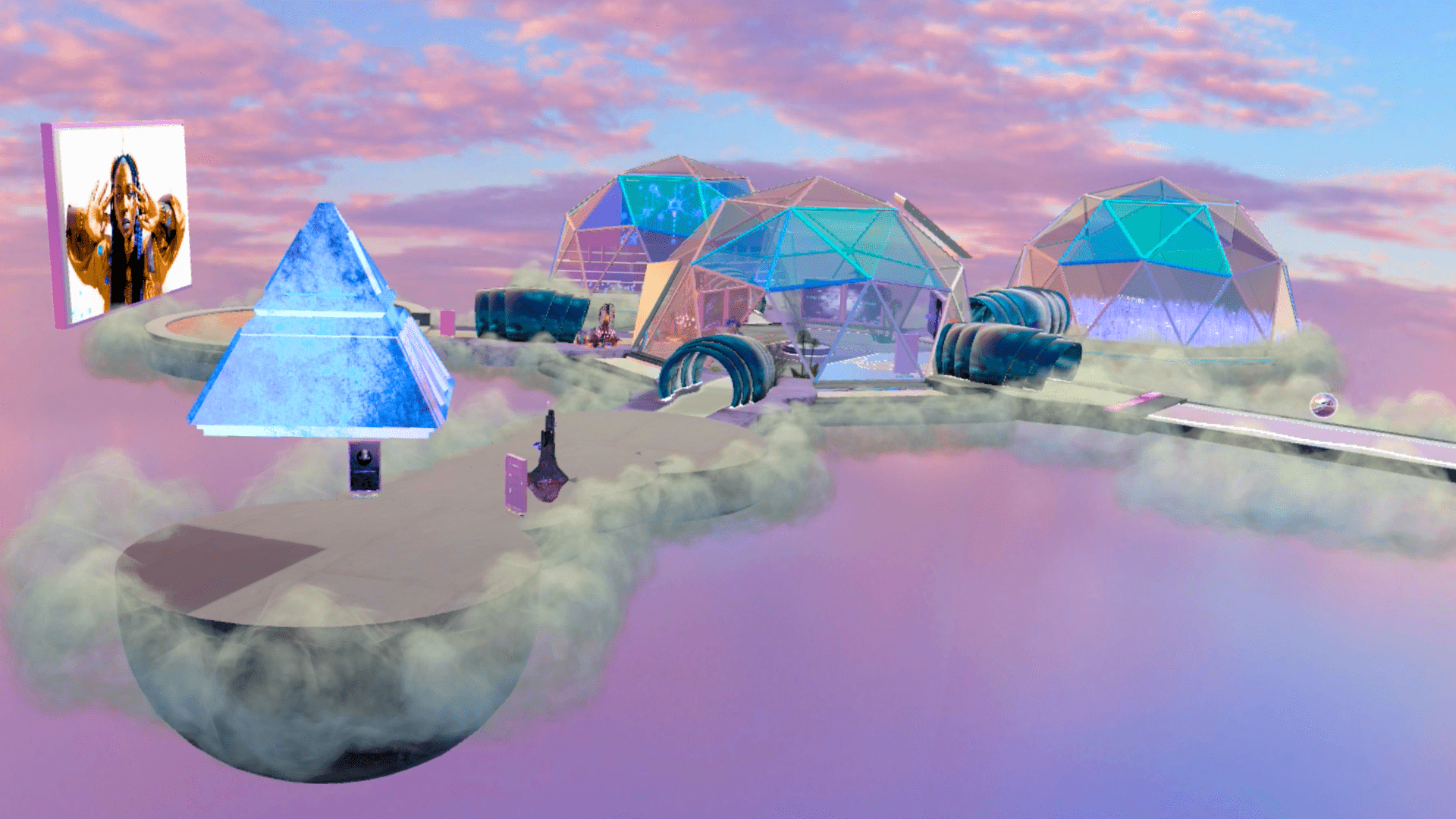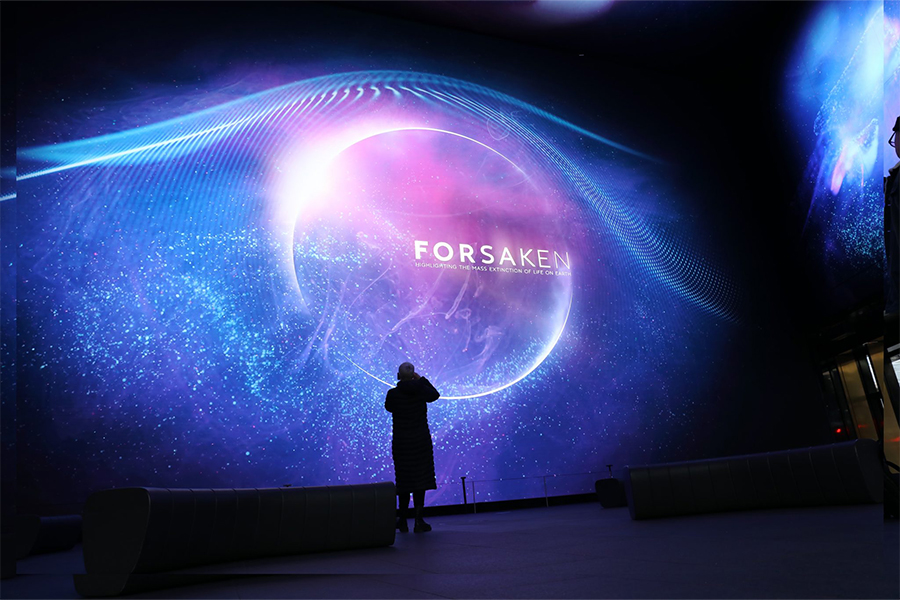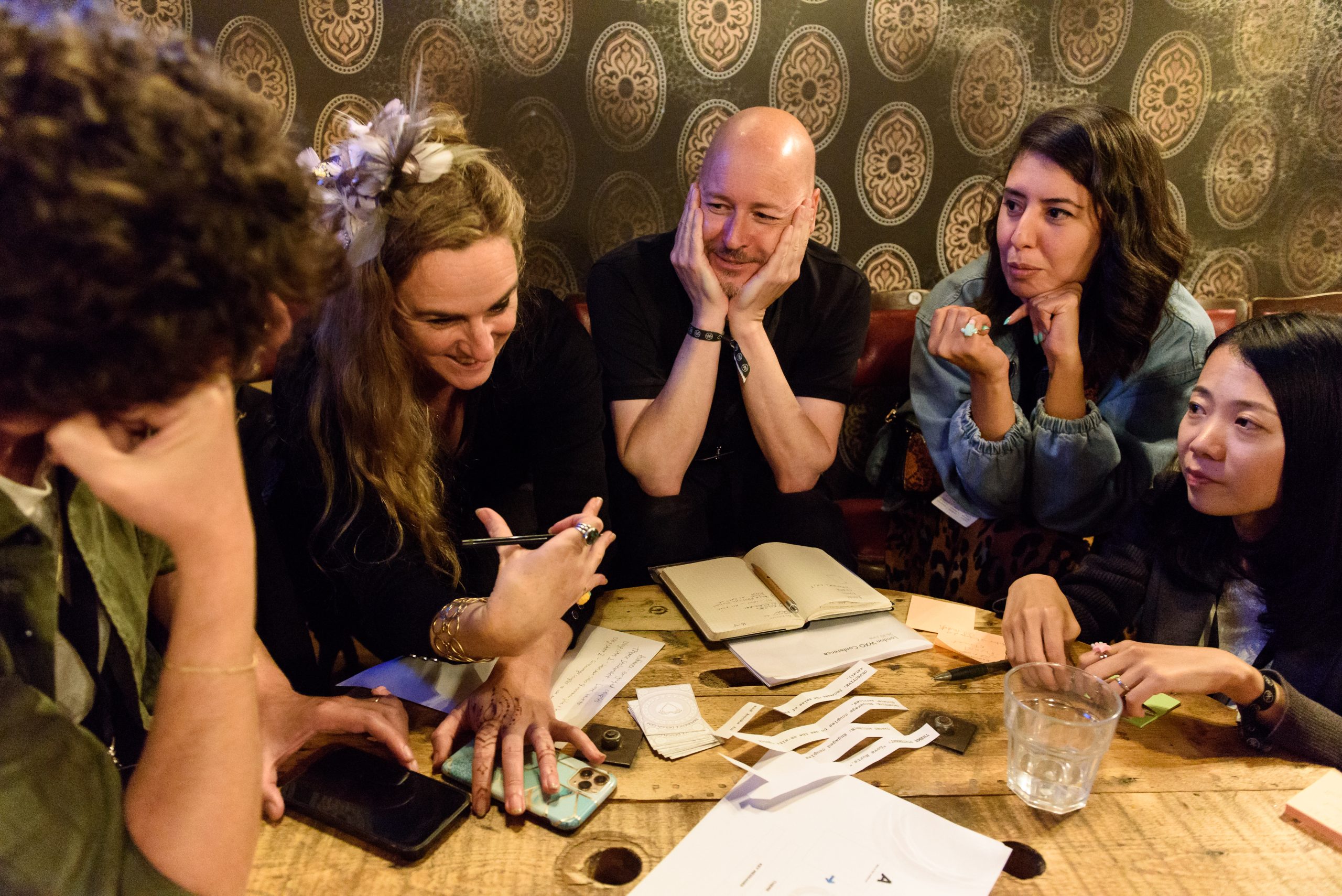They’re called “experimental” for a reason: we’re figuring out how to create campfires that are informal, fun, and include lots of learning.
So with Experimental Campfire 6, we scrapped firestarter keynotes…
Hold on! This is a lovely narrative, but the truth is: no-one had volunteered to give a firestarter talk, and a few people had asked for more time to talk. For instance:
“I appreciate the full-on, packed schedule of the campfires,” experience design professor Brian Hill had told us. “But also yearn for more time for general discussion where I can learn from all of these amazing colleagues.”
“I’d love to [hear],” wrote someone else – who’s anonymous because she/he didn’t fill that part in, “what people are working on.”
So there we were, six campfires in: a workshop with no firestarter keynote to light the spark.
And so, instead, we started in breakout rooms in pairs to discuss what we were working on, before coming back together to share and find out where the conversation took us, all in the spirit of “assertive inquiry”. The question we wanted to know the answer to: would this format work?

Good news. It did. We all left the session buzzing with ideas intellectual, practical and inspirational.
After weeks of talking about the importance of co-creation and allowing for a less structured outcome, perhaps this was a lesson in practicing what you preach: if you set the stage and invite willing participants, the outcomes can be broader and more transformational than you could ever have imagined.
How to talk about experiences?

The ‘Dean of Experience’ Bob Rossman told us he’s currently writing an article, with experience professor Mat Duerden, about changing the narrative of business from a service narrative to an experience narrative.
“I don’t think that businesses have adopted what I call an experience narrative. They’re still stuck on service and product narratives.”
Bob Rossman
Citing a book named Narrative Change by Hans Hansen, Bob believes that companies are stuck in an old paradigm – that of the industrial and service economies. He believes that in the new Experience Economy, we should give companies the right sort of language, questions and statements to reflect this change in values.
“Instead of asking ‘did we serve our customers well’, the real question is: what did we enable our customers to do? What opportunity did we give them to act on their environment? What is it that they were able to achieve today that we facilitated?”
Bob Rossman
Because in the Experience Economy – as discussed by Bob and others at Campfire 5 – experiences are co-created and consumers are participants.
Bob and Mat’s work here reminds us of how, at the end of each chapter in his bestselling book Thinking, Fast and Slow, Daniel Kahneman gives the reader example sentences to use, thereby providing them with ready-made mental tools to think like a behavioural psychologist. We hope Bob and Mat’s work has a similar impact.
Experience designers should create provocations, not outcomes


“In a world where experiences are co-created, the production paradigm is different. You need to be serendipitous; you need to be able to go with the flow,” continued Bob.
Experience designer Aga Szostek picked up this point, explaining that the emphasis should be on provocations rather than outcomes.
“When I teach, I point out to my students that experience design shouldn’t be about designing solutions. Instead, they should design provocations. And then we should report how that design changes behaviour.”
Aga Szostek
“The word ‘strategy’ has been totally hijacked,” added architect Ray Hole. “True strategy doesn’t have an answer: it provokes an answer. The strategy isn’t what you’re going to do, it’s the provocation to do something. So we need to save strategy and let it be the provocation for unknown, fantastic solutions.”
The experience gap in marketing

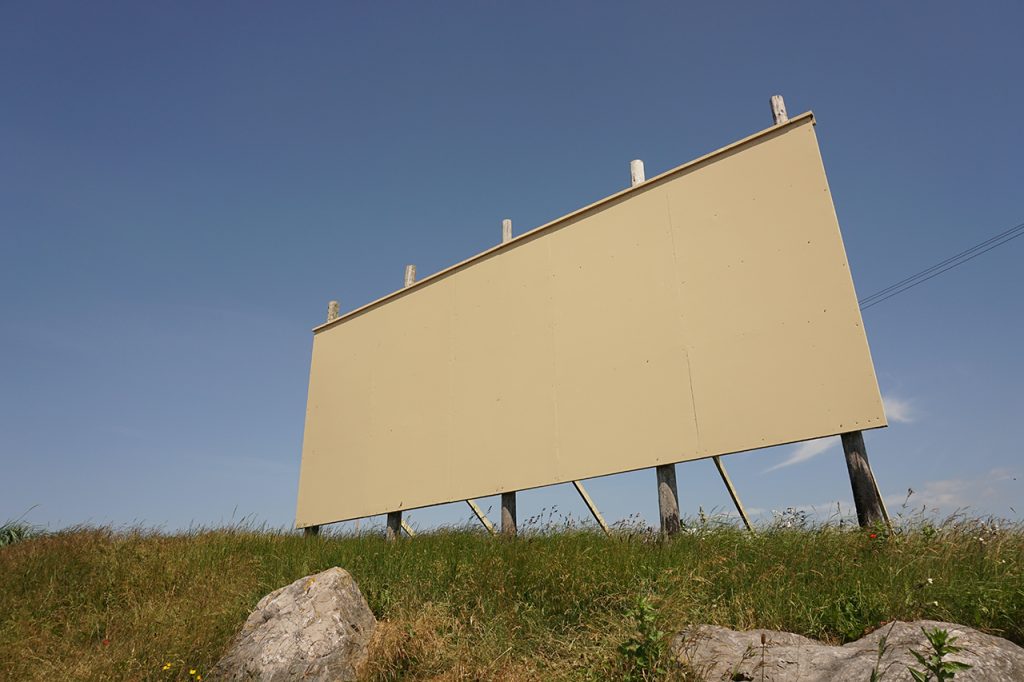
On the gap between strategy and experience within marketing, experiential marketing guru Max Lenderman talked about his experiential marketing zine, Camus (If you don’t yet receive Max’s newsletter, sign up here) and his research on the teaching of experiential marketing in US advertising schools.
“There are 8 big ad schools. How many do you think teach experiential marketing?” Max asked.
Before you read on, take a guess.
You guessed right: zero.
“And yet every brief wants ‘earned media’,” said Max. “Which means do something in culture that people will talk about.”
“There seems to be a really interesting intersection between how fast ‘purpose’ has caught on as a tactical and strategic lever for brand building, but experience design hasn’t had that same trajectory,” he added.
“These creatives and strategists don’t have a foundation for how to create an experience, so they come up with an idea that goes down the line to some production company that’s going to put up a tent. So much opportunity gets lost because of that gap and understanding of how to create experiences.”
Max Lenderman
“One of the reasons why I think that purpose took hold faster than experiences is that purpose is easier to adjust,” said visual thinkologist Kevin Dulle (who illustrates our Campfires, brilliantly, each week). “Because with purpose it’s just your mentality you’re adjusting; whereas with an experience, you’re changing your business model. You’re completely changing the culture, the operation, the brand: it’s a full spectrum change. And that’s really hard for business people to say. Most people think it’s very frightening, it’s very expensive, and they have no clue how to do it.”
If you’re wondering how to mitigate the cost and risk, read Aga’s thoughts on “micro-experiences” in our report on Campfire 5.
The huge risks that experience designers take


“Businesses are used to seeing themselves as the center of the action, but in an experience they’re creating opportunities for people to do things. There’s a big risk in doing that, because once you let people start determining outcomes, they may not go in the same direction you had in mind,” said Bob.
“How risky is this!” added Brian.
“Experience designers aren’t designing experiences – we’re designing for possible experiences. We can’t guarantee everyone will have a specific experience, and it’s likely that the impact and lived experience is going to be very broad from the people who experience it.”
Brian Hill
Brian shared how he’s been researching an “impact scale”, where he asked people to rate experiences they’d had and the impact those experiences had had on their lives.
“And the result was not a normal curve, it was very spread out,” he said. “The idea that everyone has the same experience just isn’t true.”
Andrew Lacanienta, the WXO’s ‘Experience designer for the people’, picked this up.
“As we invite in more co-creation, the spectrum of outcomes really broadens. If there’s less co-creation, is it easier to target certain outcomes? If we want people to have specific experiences, which in some fields is important, can we create it with less co-creation?”
Andrew Lacanienta
“This can be the problem with brands,” said pioneering immersive art curator Dorothy di Stefano. “They want to control the exact experience that people have.”
“Creating different levels of access is pretty important,” added Bob. “How many interactive possibilities does a different set of experiences enable? Because everyone comes in a different way, and everyone comes out a different way.”
Bob pointed out that this is called “affordances”, and cited New Zealand’s national fitness programme as an example. Instead of just being about specific sports, such as jogging, it included “multiple points of access”.
“I think of experience design as a probability estimate of what you think is going to happen. You’ll achieve some of the outcomes you intended, but you can also have collateral outcomes – and sometimes to my surprise these are better than the ones I intended to start with,” Bob concluded.
“You’ve got to live with a little bit of uncertainty in the Experience Economy. Most businesspeople want certainty as one of their outcomes, but in the Experience Economy there’s going to be less product reliability.”
Bob Rossman
So, it’s important to realise that there are four sectors to the economy: commodities, products, services and experiences. If you work in the Experience Economy, you have to be aware that you’re working in a high-risk area.
Design not for emotion, but for conversation
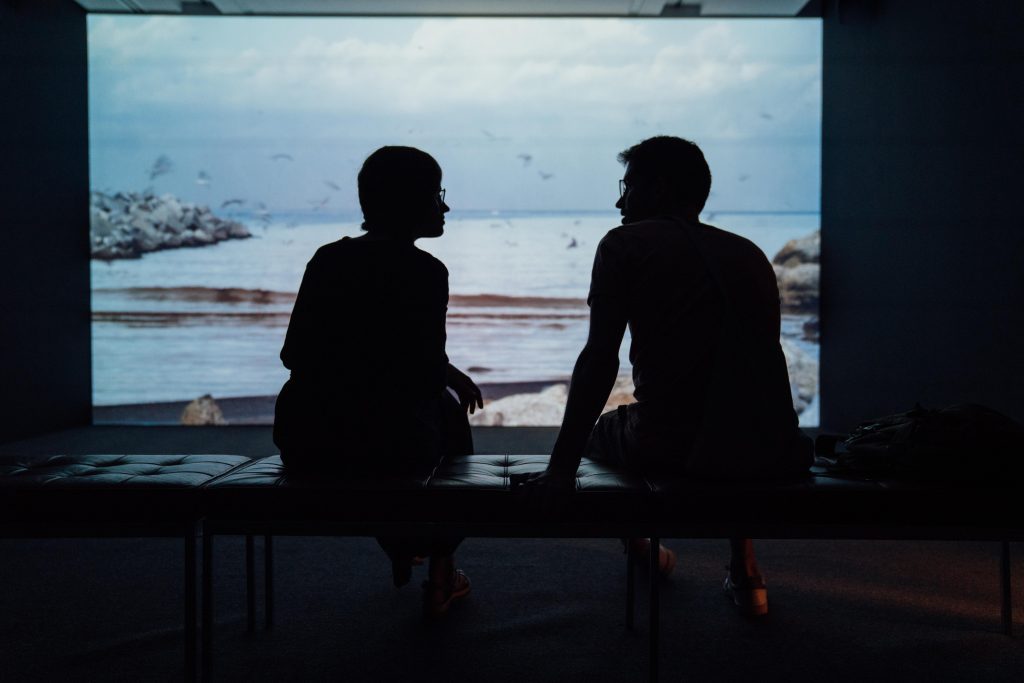

In Dorothy’s work, which she creates and curates with a team based out of Melbourne but with global reach, she explained how she wants people to be part of the art experience.
“I’m passionate about art being something around everyone that everyone can enjoy and become a part of,” she said. “Some people are going to go away and not get the narrative. It’s very unique to the individual.”
“I like the idea that everyone has a very different experience, rather than dictating how we want you to feel. It’s the conversation afterwards that’s the crucial thing. You don’t want people walking away from something and getting on with their day. You want to start a conversation that continues on. That’s the exciting bit – when you know you’ve been successful. It’s far more than the right here, right now.”
Dorothy di Stefano
Dorothy is exploring ways to deliver unique sensory experiences via audio and headphones at present: “So if you’re experiencing something, it’s telling you a very different story when the audio is paired.”
“We’re also playing around with scent and the strong connection it has to memory,” Dorothy continued. “Most of the strong memories I have in my life are connected to scent – going camping with your family and the first thing you smell in the morning is Mom cooking french toast, or eucalypts and the forests of Australia”.
(This reminds us of Punchdrunk’s aim to connect with all the senses – see our report on Punchdrunk’s key learnings here.)
The 10 different types of experientialist
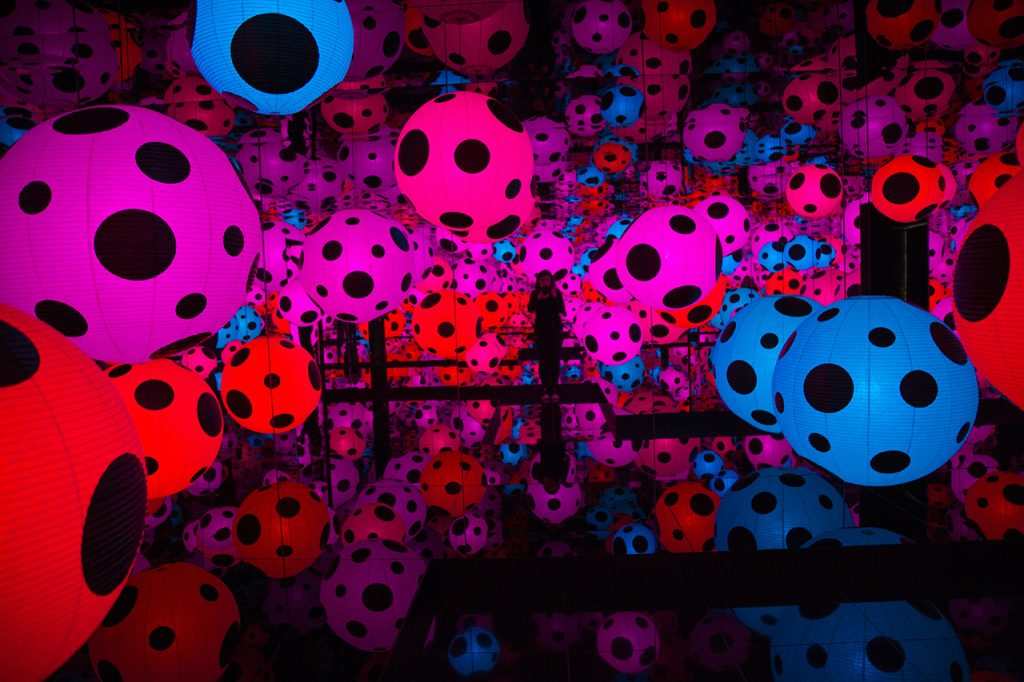

Actually, we don’t yet know how many types there are. But it’s clear that some people prefer passive experiences, some prefer active, and others exist on the spectrum between the two.
“You get that percentage of people that want to create something, a few people that really look at it, and some people who are just passengers. So I’m a little bit concerned that when we see experiences through the lens of co-creation, are we really appealing to everybody?”
James Wallman
“Think of an art gallery,” Kevin responded. “Are you designing for the mass populace and playing the marketing numbers, or are you designing for a persona, for the type of person who would enjoy this experience? The whole point is to understand the persona and the type of customer you’re designing for. If we try to design for the universal customer, we’re gonna fail.”
“I really think the co-creation needs to be available at a variety of different levels. Some participants will want to engage in a more passive manner and others are going to want to be very active. So how do we think about creating experiences that offer a variety of levels of co-creation?”
Andrew Lacanienta
“When it comes to co-creation, more isn’t always better,” Andrew added. “When I think about the spaces that I work in, which is largely in academics and creating learning experiences, how can I co-create with participants to provide opportunities that are very immersive, active and participatory, but also create spaces where they can be passive?”
How to design for different people: encoding & decoding

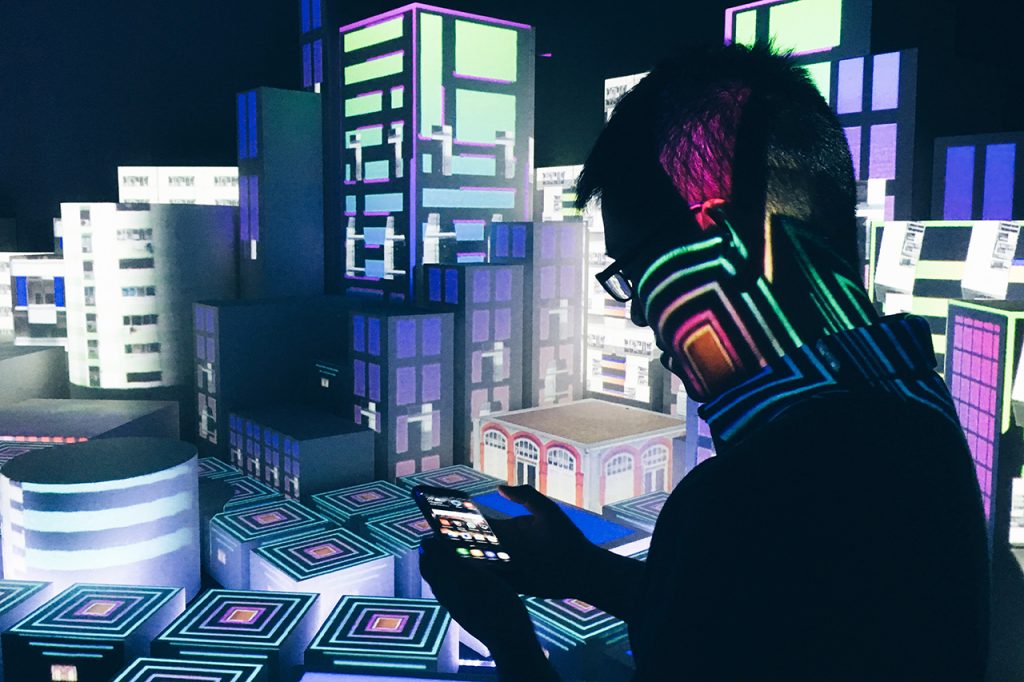
The best way to design an experience so that it’s welcoming for different types of experientialists is by making use of the onboarding process.
“This comes from gaming,” said Dorothy. “We obviously don’t want people to walk into a space and not know how to engage with something.”
The key is to give them some tools, invite them by sharing a part of the story being told, and then, as Dorothy says, “You let them loose into the room.”
Ray agreed.
“Our job is to encode and let the visitor decode. Through the five senses, everybody will see everything differently.”
“Nature, with all its flawed reproduction, creates adaptations that allow us to survive. Those misinterpretations lead to great philosophy and ideas – it’s the flawed encoding and decoding that creates possibilities that are transformational, otherwise it’s predictable. They can’t be big differences, as too big a leap will be rejected – they have to be micro-differences. In the Experience Economy, we can’t try and create the perfect decoding vehicle – we have to let serendipity and possibility loose.”
Ray Hole
James mentioned the WXO’s intention to create a global, qualtity assurance certification system for experiences.
“If we’re saying we don’t have as much control over the outcome, we should certify the process instead of the outcome,” James said. “We’re certifying the stage. So each experience will be different, but the quality of the process is what we can guarantee.”
But whoever you’re designing for, as Ben Hunnicutt pointed out, you should be designing for transformation.
“You need transformation to complete the experience,” said Ben. “We need to think of skill development as the essential component of experience design.”
WXO Take-Outs

So from our serendipitous, spontaneous conversation, we identified a few key takeaways:
- Instead of thinking and speaking in service terms, use the experience narrative in your conversations. For instance, ask “What might we enable our guests/customers/clients to do?”
- Everyone has a different experience and different emotional reactions, so don’t design for emotion. Design for conversation.
- We have to understand how to design experiences and education for all types of experientalist, from those who just want a passive experience to those who want to co-create.
- Not only are do people approach experiences differently – from passive consumers to engaged co-creating pro-sumers – but in the future we will see people becoming better experiential consumers. “The idea we can teach people to be better experientialists really excites me,” said James, who is working on this area with WXO Co-Founder and positive design professor Haian Xue.
- Designing experiences is risky! Because if the outcome is co-created, we are designing a range of possible outcomes, some of which we may not even have thought about. So experience designers have to be prepared for that risk.
“If you have a targeted outcome, all we can say is that ‘this’ is what you’re hoping for. in the Experience Economy the possibilities are much higher. But by accepting that risk, we’re also accepting a greater potential impact.
James Wallman
We’d love to hear about the tools you use to design experiences for a spectrum of people and outcomes. And if you use any of these in your work, we’d love to hear how the results turn out. Click here to let us know,
Interested in taking part in discussions about experiences and the Experience Economy? Register your interest in becoming a member here to be the first to know about upcoming WXO events, both digital and IRL.

